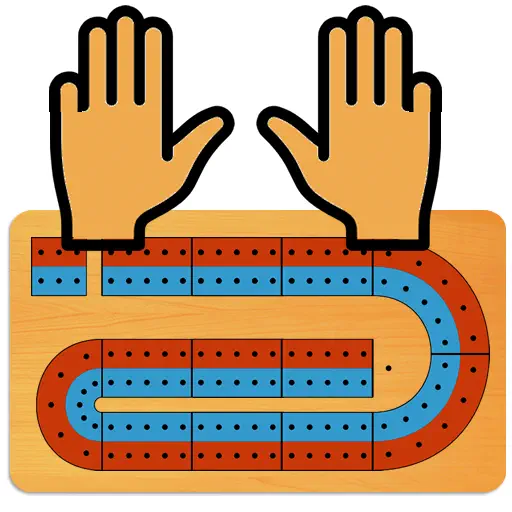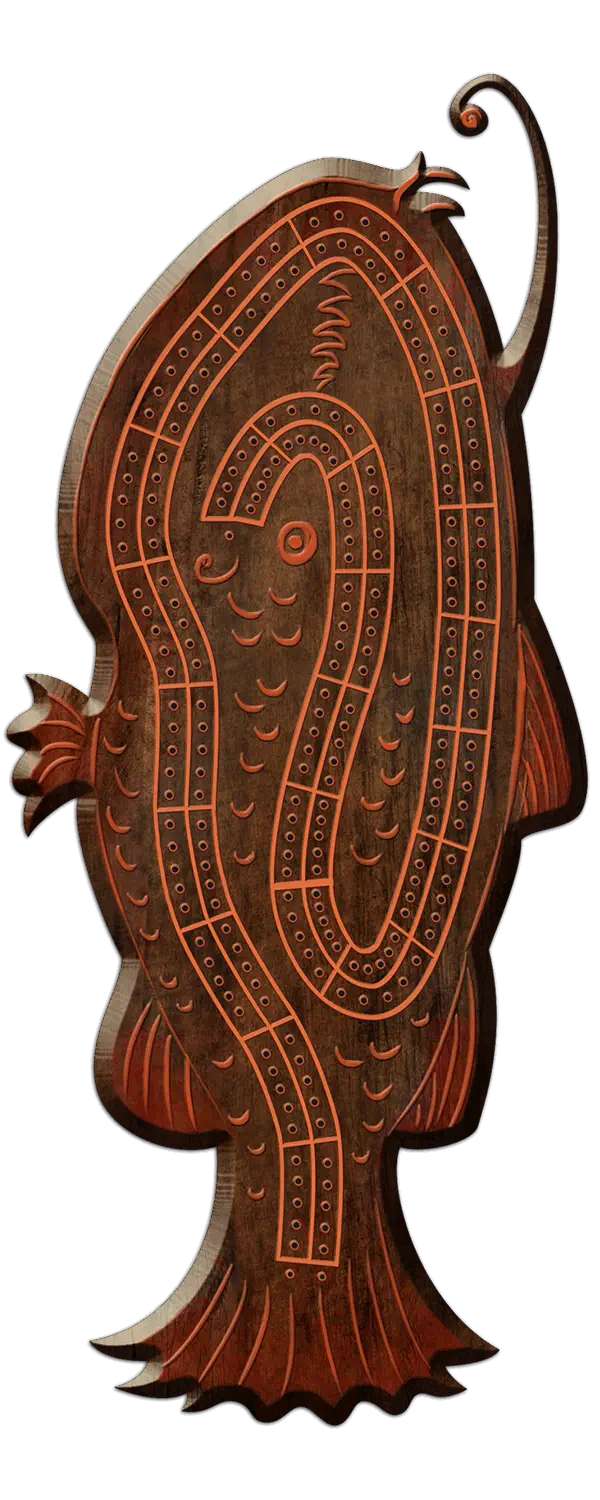How to Count Hand in Cribbage?

How Do I Count My Hand In Cribbage?
If you’re new to cribbage, one of the most intimidating aspects of the game can be counting your hand properly, especially if you’re playing in person with a physical board. There’s a lot of room for error, and a consistent process is key.
While there are quick-counting techniques that can simplify counting hands of certain structures, your fallback method should be a manual count. You can miss a lot of points if you’re not careful.
In What Order Should I Count My Points?
There are exactly five ways to score points in your hand: 15s, runs, pairs, flushes, and nobs.
You should usually count them in this specific order.
It’s a popular practice to start counting with your 15s first, and with good reason: they are the most common and the hardest-to-identify scoring combos. Counting 15s means doing addition, and a lot of it. Importantly, counting off 15s is like skip-counting 2 at a time, which is easier to do when starting from 0.
After 15s, count runs. They’re the next most annoying thing to count, especially if you have pairs that multiply them. Remember, each individual run must equal 3, 4, or (rarely) 5 points, so you’ll be adding on 3, 4, or 5 points at a time to your existing total.
Some folks like to count runs 1 point at a time. For example, if you have 4 points from 15s, you’d add on a run of 3 by saying “5, 6, 7.” I recommend always adding the points in clusters of 3, 4, or 5, as it will help you internalize the patterns that can make counting easier with time.
Next up, pairs are worth 2 points, “pair royal” (three of a kind) is worth 6 points, and “double pair royal” (four of a kind) is worth 12 points. If you add up all the unique pairs that make up trips and quads, you’ll find that trips makes three unique pairs for 6 points, and quads makes six pairs for 12 points. But you never have to do this, any anyone who demands it is being unreasonable.
Finally, give a once-over for flushes and nobs. These are rarer than the other scoring types and have less nuance: the flush is 4 or 5 points (if it includes the cut), and nobs is only 1.
It helps to always put your hand in order from lowest to highest, so that you build up counting habits that are consistent from hand to hand.
Example counts follow. The phrasing is spelled out in more detail than you’ll usually hear in person. Try to identify the combo being counted at each stage.
7♠8♠T♣T♥, cut T♥
Fifteen 2, plus 6 for trips makes 8.
3♥4♣5♠T♦, cut 8♥
Fifteen 2, fifteen 4, plus a run of 3 makes 7.
5♠9♠T♣J♥, cut 8♥
Fifteen 2, fifteen 4, plus a run of 4 makes 8, and nobs makes 9.
A♦2♦3♦4♦, cut 4♠
A run of 4 for 4, another run of 4 makes 8, plus a pair for 2 makes 10, and a flush of 4 makes 14.
5♦T♣J♥Q♠, cut T♥
Fifteen 2, fifteen 4, fifteen 6, fifteen 8, plus a run of 3 makes 11, another run of 3 makes 14, and a
pair for 2 makes 16.
9♣9♦9♥9♠, cut 6♣
Fifteen 2, fifteen 4, fifteen 6, fifteen 8, plus 12 for four of a kind makes 20.
Can You Have All the Scoring Types in One Hand?
Actually, you cannot. The closest you can get is four out of five scoring types in a single hand. The reason comes down to pairs, flushes, and nobs.
For a flush to be possible, there can’t be a pair in your hand. To make a pair with a flush, the cut has to pair a card in your hand, but then it can’t be the same suit as a jack in your hand.
Oh well.
Why Does Cribbage Use Two Pegs?
When you play cribbage with a physical board, there are two pegs that you use to keep track of your score, which you’ll come to think of as the front peg and the back peg.
The front peg shows your current score. The back peg shows your previous score, before you added your most recent points. The reason for using two pegs is to prevent miscounting—both to help you count and to make it easier to spot if an opponent miscounts. Every time you move a peg, it creates this little auditable trail you can use to check your work.
Whenever points are added to a player’s score, the pegs should reflect that. If you just added a hand worth 5 points, for example, the front peg should be 5 points past the back peg. If you just scored 2 for a pair during the pegging round, the pegs should be 2 points apart. If you just scored a whopping 24-point crib, they should be 24 points apart.
How Do I Use the Two Pegs to Keep Score?
For your first score, just grab either peg and move it forward that number of points from the start.
After that, grab the back peg and jump it over the front peg—making it the new front peg—by the number of points you scored. For pegging, any time you score any points, you move them right away. For your hand or crib, you count the entire thing and then move the points at all once.
When you’re starting out, you may want to count forward 1 point at a time until you reach your full score. As you get more comfortable, you’ll want to take advantage of the fact that the board is set up in groups of 5.

For example, suppose your current score is 21, and you have 15 points in your crib. Pick up the back peg and move it past the front peg by 5, 10, 15, guided by the relative position of your back peg to the nearest multiple of 5, where the board should have a gap or a line.
You’re starting at 21, which is 1 point past a gap Every time you add 5 more, it’ll put you 1 point past the next gap (26, 31, and 36, though you’d never count it like that). When you look back, it’ll be easier to visually track the distance between the back and front pegs too.
If your score isn’t a multiple of 5, count the 5s forward and then count off the remaining points. For 21, for example, you’d count forward 5, 10, 15, 20 and then move 1 more to complete the count.
What About the Third Peg?
The third peg, if your cribbage set has one, is for keeping score in a multi-game match, using a separate set of pegging holes. Typically, it’s 1 point for a normal win and 2 points for a skunk, or winning by more than 30 points.
House rules will dictate whether a double skunk (win by more than 60) or triple skunk (by more than 90) counts, and for how much. One scoring convention may score them as 3 and 4; another may score them as 4 and 8, or even 4 and 6. When in doubt, ask.
Author - Jim Donahue
JD Software LLC